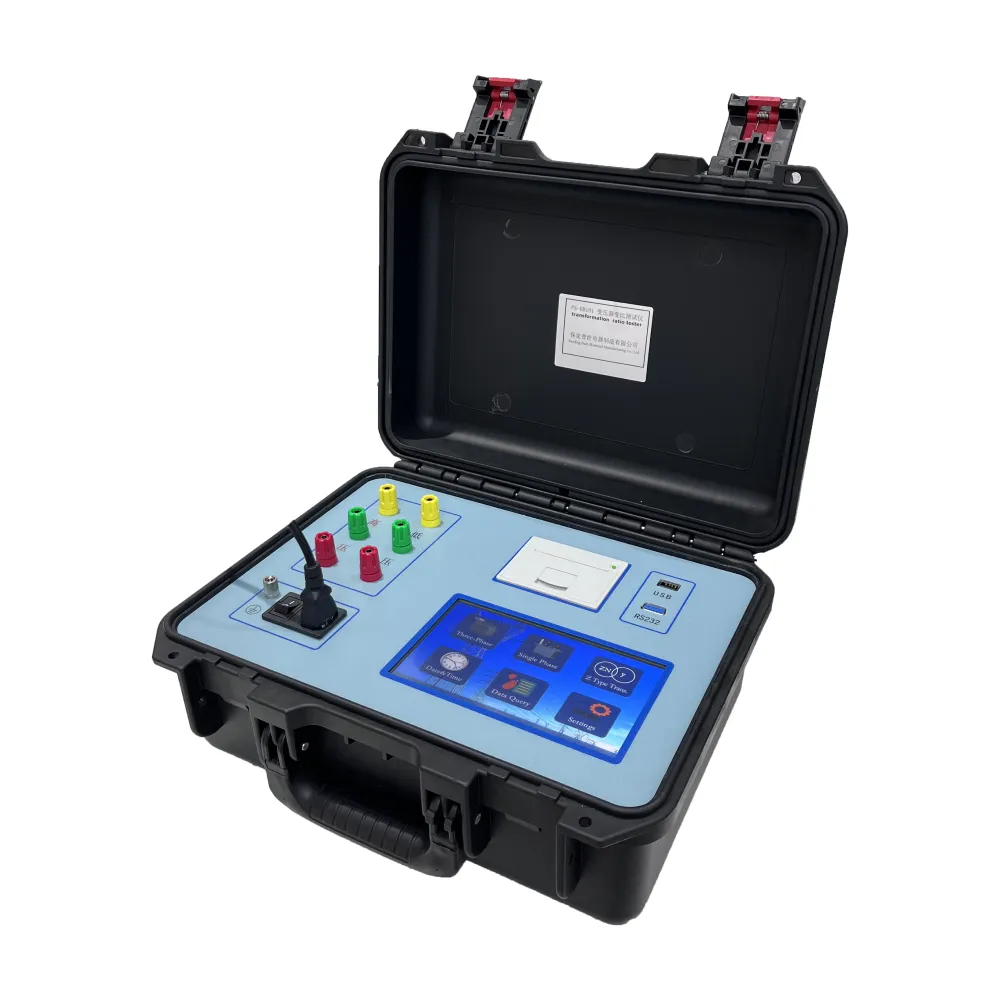 English
English



-
 Afrikaans
Afrikaans -
 Albanian
Albanian -
 Amharic
Amharic -
 Arabic
Arabic -
 Armenian
Armenian -
 Azerbaijani
Azerbaijani -
 Basque
Basque -
 Belarusian
Belarusian -
 Bengali
Bengali -
 Bosnian
Bosnian -
 Bulgarian
Bulgarian -
 Catalan
Catalan -
 Cebuano
Cebuano -
 China
China -
 China (Taiwan)
China (Taiwan) -
 Corsican
Corsican -
 Croatian
Croatian -
 Czech
Czech -
 Danish
Danish -
 Dutch
Dutch -
 English
English -
 Esperanto
Esperanto -
 Estonian
Estonian -
 Finnish
Finnish -
 French
French -
 Frisian
Frisian -
 Galician
Galician -
 Georgian
Georgian -
 German
German -
 Greek
Greek -
 Gujarati
Gujarati -
 Haitian Creole
Haitian Creole -
 hausa
hausa -
 hawaiian
hawaiian -
 Hebrew
Hebrew -
 Hindi
Hindi -
 Miao
Miao -
 Hungarian
Hungarian -
 Icelandic
Icelandic -
 igbo
igbo -
 Indonesian
Indonesian -
 irish
irish -
 Italian
Italian -
 Japanese
Japanese -
 Javanese
Javanese -
 Kannada
Kannada -
 kazakh
kazakh -
 Khmer
Khmer -
 Rwandese
Rwandese -
 Korean
Korean -
 Kurdish
Kurdish -
 Kyrgyz
Kyrgyz -
 Lao
Lao -
 Latin
Latin -
 Latvian
Latvian -
 Lithuanian
Lithuanian -
 Luxembourgish
Luxembourgish -
 Macedonian
Macedonian -
 Malgashi
Malgashi -
 Malay
Malay -
 Malayalam
Malayalam -
 Maltese
Maltese -
 Maori
Maori -
 Marathi
Marathi -
 Mongolian
Mongolian -
 Myanmar
Myanmar -
 Nepali
Nepali -
 Norwegian
Norwegian -
 Norwegian
Norwegian -
 Occitan
Occitan -
 Pashto
Pashto -
 Persian
Persian -
 Polish
Polish -
 Portuguese
Portuguese -
 Punjabi
Punjabi -
 Romanian
Romanian -
 Russian
Russian -
 Samoan
Samoan -
 Scottish Gaelic
Scottish Gaelic -
 Serbian
Serbian -
 Sesotho
Sesotho -
 Shona
Shona -
 Sindhi
Sindhi -
 Sinhala
Sinhala -
 Slovak
Slovak -
 Slovenian
Slovenian -
 Somali
Somali -
 Spanish
Spanish -
 Sundanese
Sundanese -
 Swahili
Swahili -
 Swedish
Swedish -
 Tagalog
Tagalog -
 Tajik
Tajik -
 Tamil
Tamil -
 Tatar
Tatar -
 Telugu
Telugu -
 Thai
Thai -
 Turkish
Turkish -
 Turkmen
Turkmen -
 Ukrainian
Ukrainian -
 Urdu
Urdu -
 Uighur
Uighur -
 Uzbek
Uzbek -
 Vietnamese
Vietnamese -
 Welsh
Welsh -
 Bantu
Bantu -
 Yiddish
Yiddish -
 Yoruba
Yoruba -
 Zulu
Zulu
gc ms gas chromatography mass spectrometry
Gas chromatography-mass spectrometry (GC-MS) is a powerful analytical technique widely used in chemistry, environmental monitoring, forensics, and food safety. It combines the physical separation capabilities of gas chromatography with the mass analysis capabilities of mass spectrometry. This integration allows for the detailed characterization and quantification of complex mixtures, making it an invaluable tool in various scientific fields.
Gas chromatography-mass spectrometry (GC-MS) is a powerful analytical technique widely used in chemistry, environmental monitoring, forensics, and food safety. It combines the physical separation capabilities of gas chromatography with the mass analysis capabilities of mass spectrometry. This integration allows for the detailed characterization and quantification of complex mixtures, making it an invaluable tool in various scientific fields.
Once separated, the components are directed into the mass spectrometer, where they are ionized. Common ionization techniques include electron impact and chemical ionization. The ionized molecules are then accelerated into a mass analyzer that separates them based on their mass-to-charge ratio (m/z). The intensity of the detected ions is proportional to the concentration of the analyte in the original mixture, providing quantitative information. The resulting mass spectrum provides a unique fingerprint that can be used to identify the compounds present.
gc ms gas chromatography mass spectrometry

GC-MS is particularly effective for volatile and semi-volatile organic compounds, including pesticides, aromatic hydrocarbons, and alcohols. Its applications are vast; in environmental science, it is employed to monitor pollutants in air, soil, and water. In forensics, it plays a critical role in toxicology, allowing for the identification of drugs and poisons in biological samples. Additionally, in food safety, GC-MS is used to detect adulterants and contaminants, ensuring public health.
One of the key advantages of GC-MS is its sensitivity and specificity. It can detect trace levels of compounds, often in the parts per billion range, which is essential for compliance with regulatory standards. Furthermore, the ability to generate detailed spectral data allows for the confident identification of compounds even in complex mixtures.
In summary, GC-MS is an indispensable tool in modern analytical chemistry. Its ability to separate and precisely identify chemical substances has made it a standard choice for researchers and industry professionals alike, significantly contributing to advancements in multiple disciplines. As technology progresses, the capabilities and applications of GC-MS will continue to expand, further enhancing our understanding of the chemical world.
-
Ensuring SF₆ Gas Safety: Introducing PUSH’s Integrated SF₆ Analyzer for Dew Point, Purity, and Decomposition MonitoringNewsJul.10,2025
-
Exploring the Main Types of Industrial Endoscopes and Their Applications Across IndustriesNewsJul.04,2025
-
Testing Equipment Industry Sees Major Advancements in 2025: Smart & Precision Technologies Lead the WayNewsJun.06,2025
-
Applications of Direct Current Generators in Renewable Energy SystemsNewsJun.05,2025
-
Hipot Tester Calibration and Accuracy GuidelinesNewsJun.05,2025
-
Digital Circuit Breaker Analyzer Features and BenefitsNewsJun.05,2025



